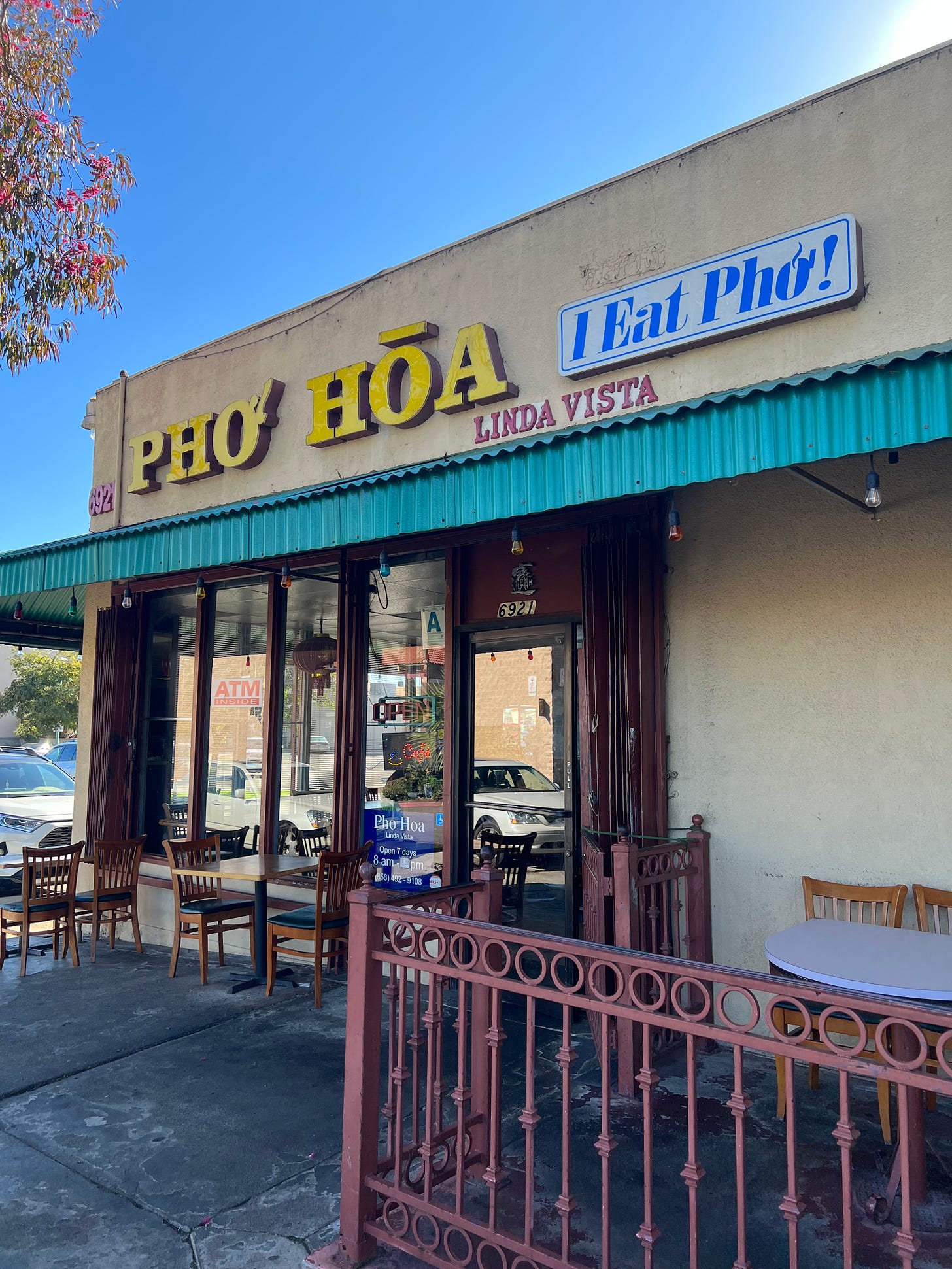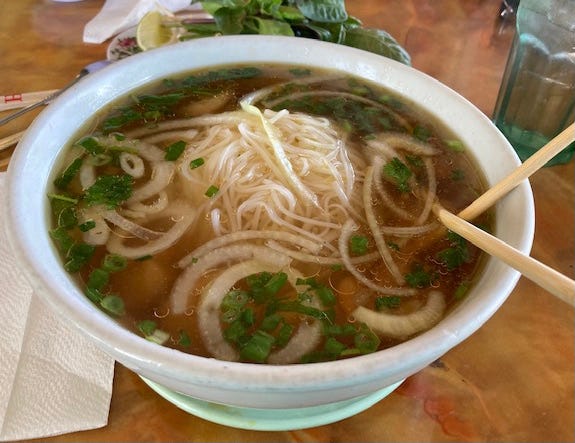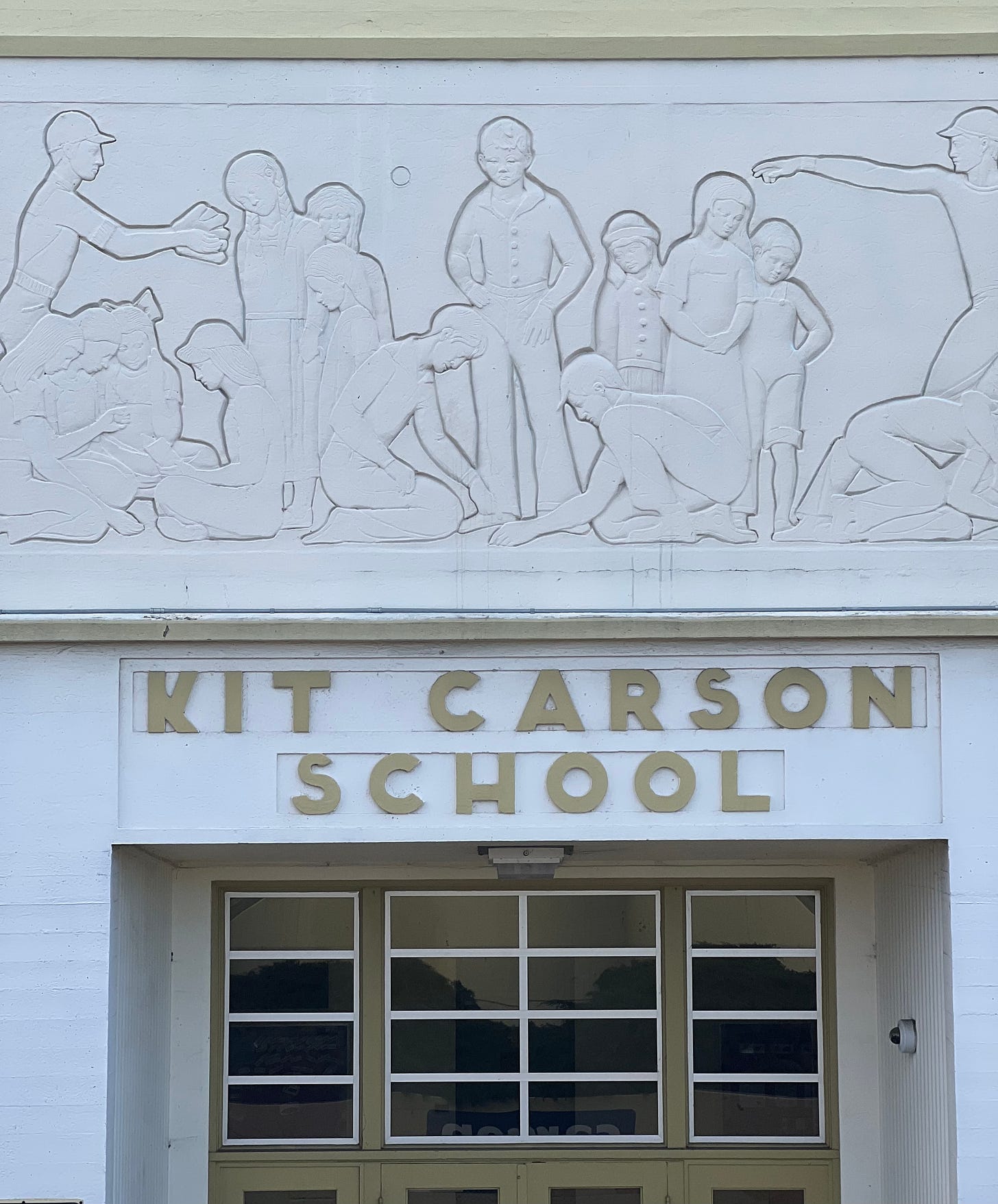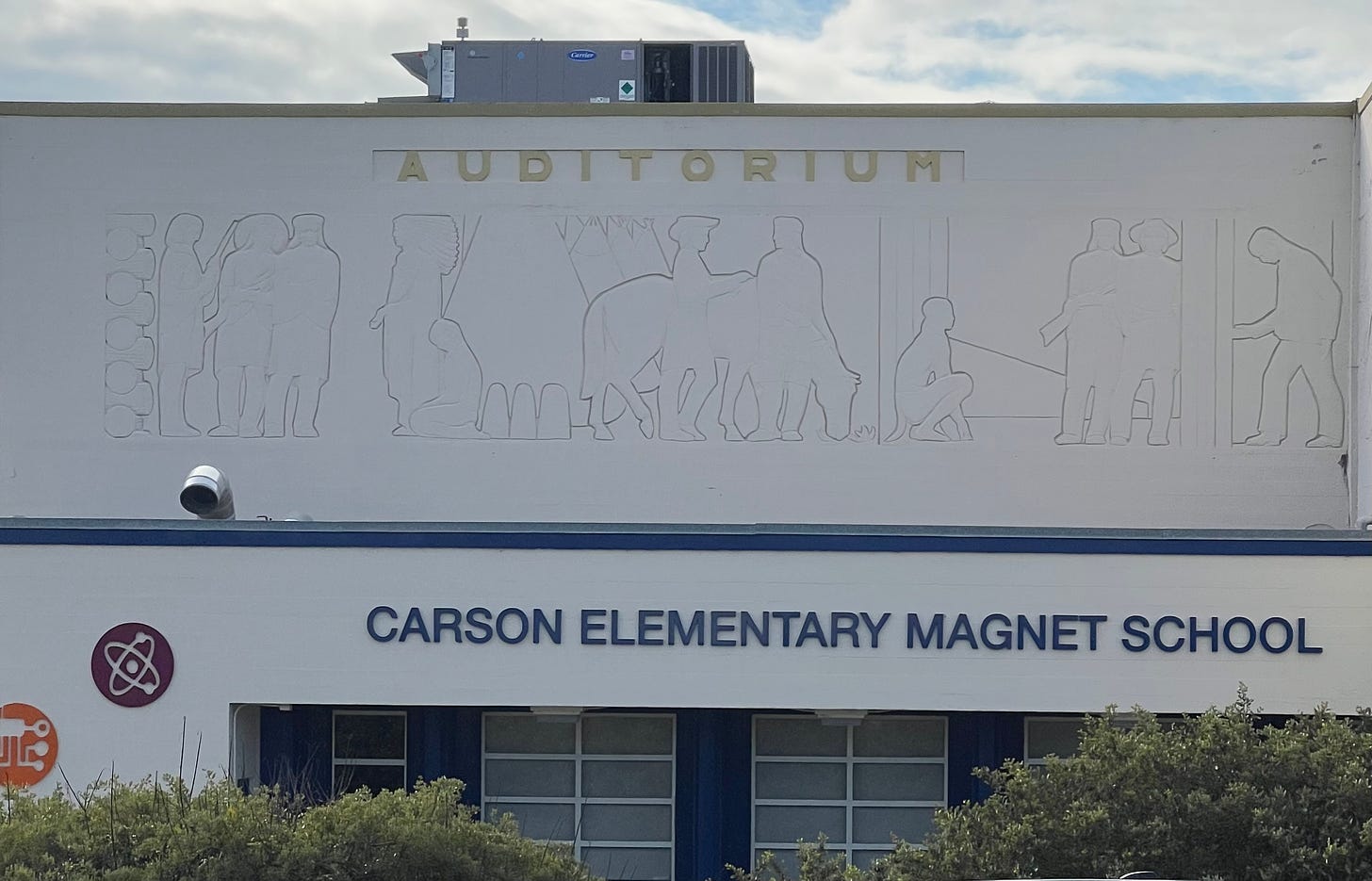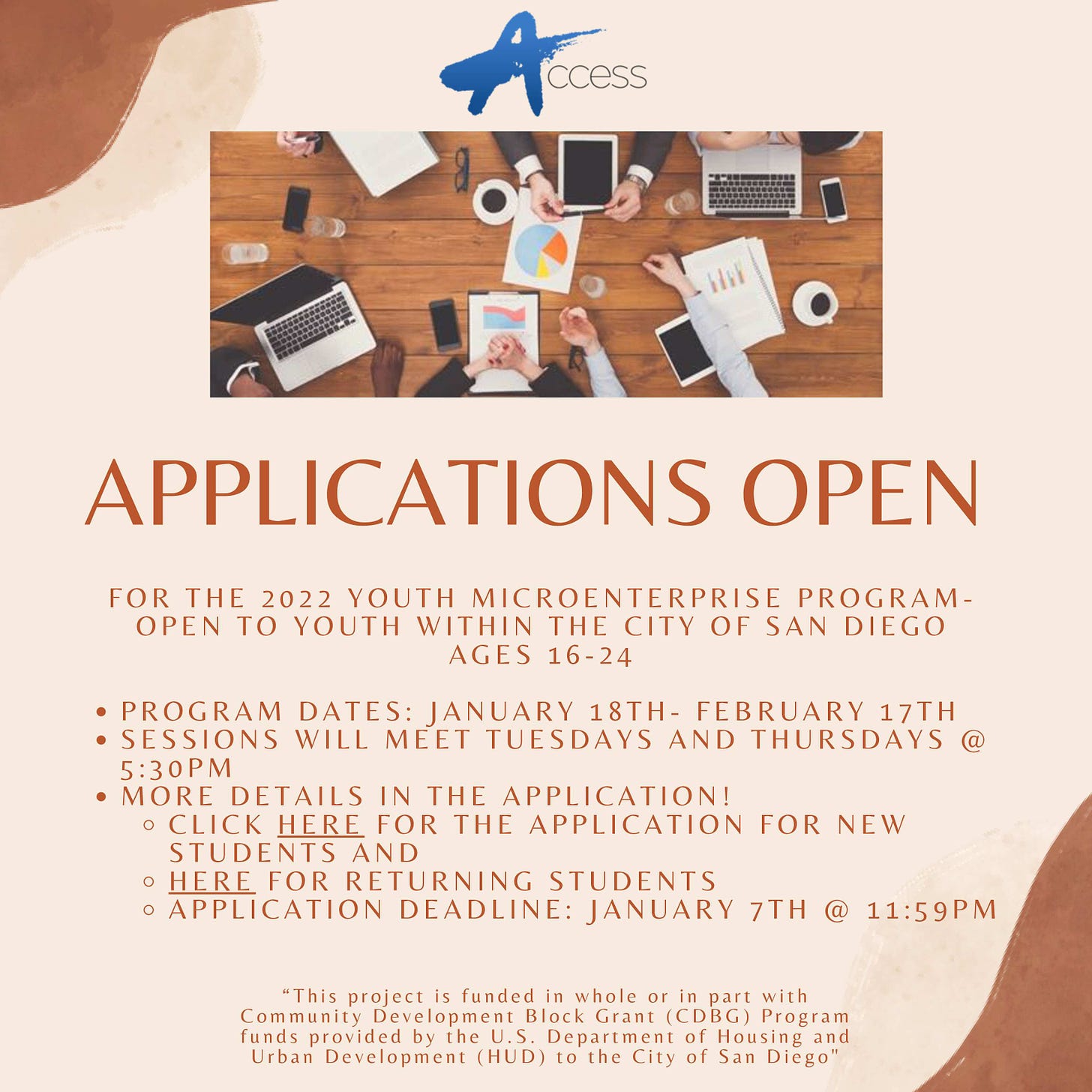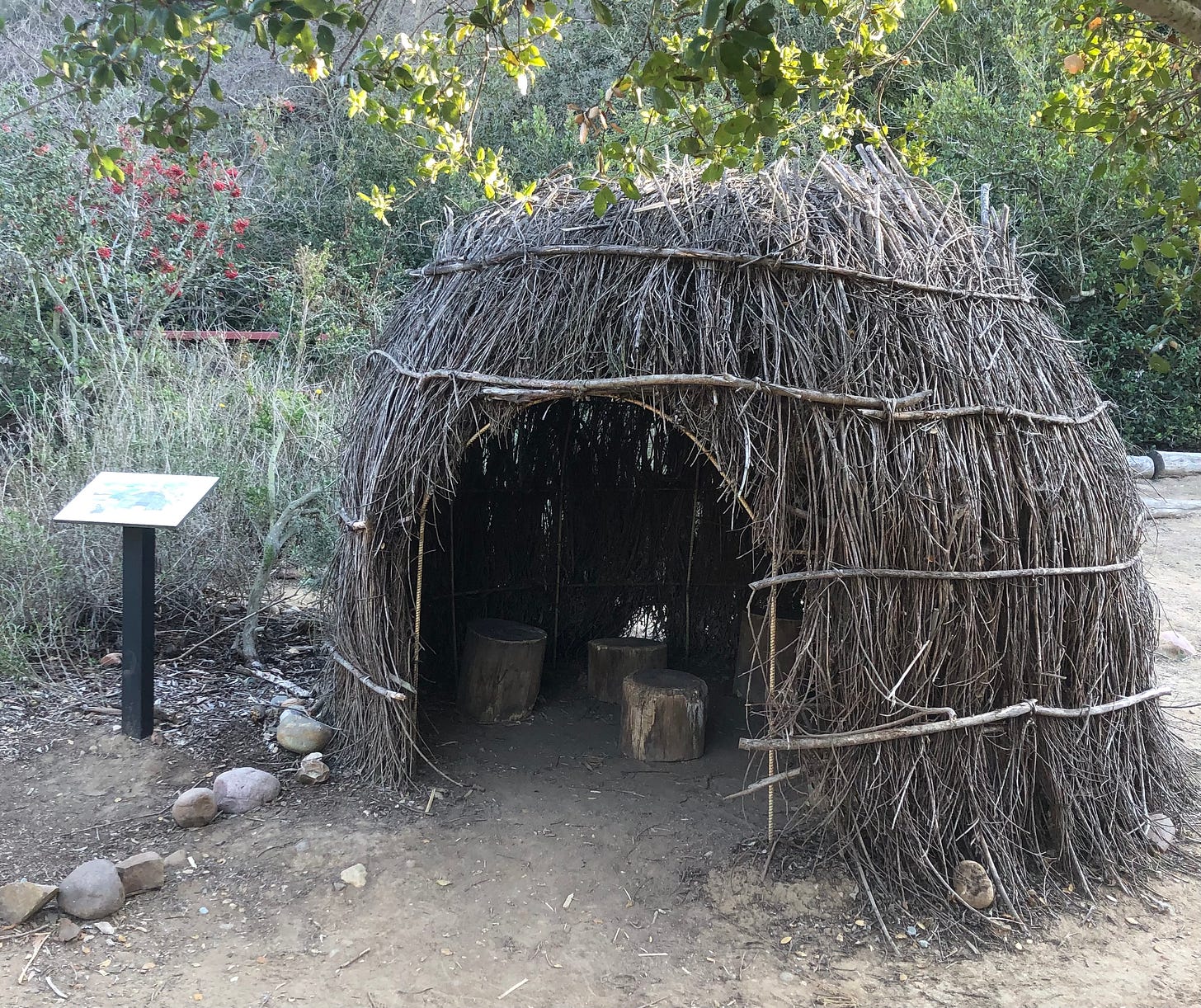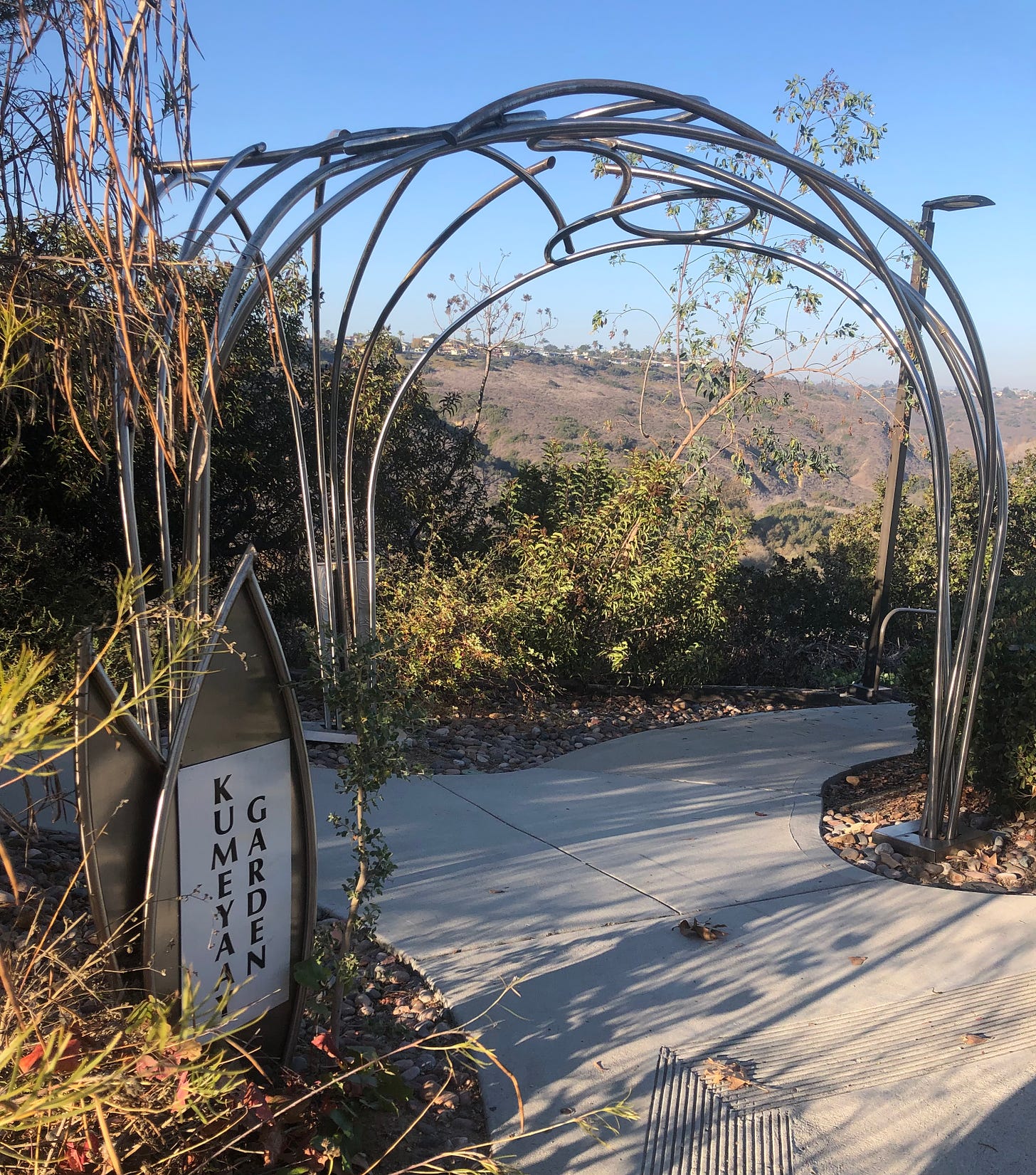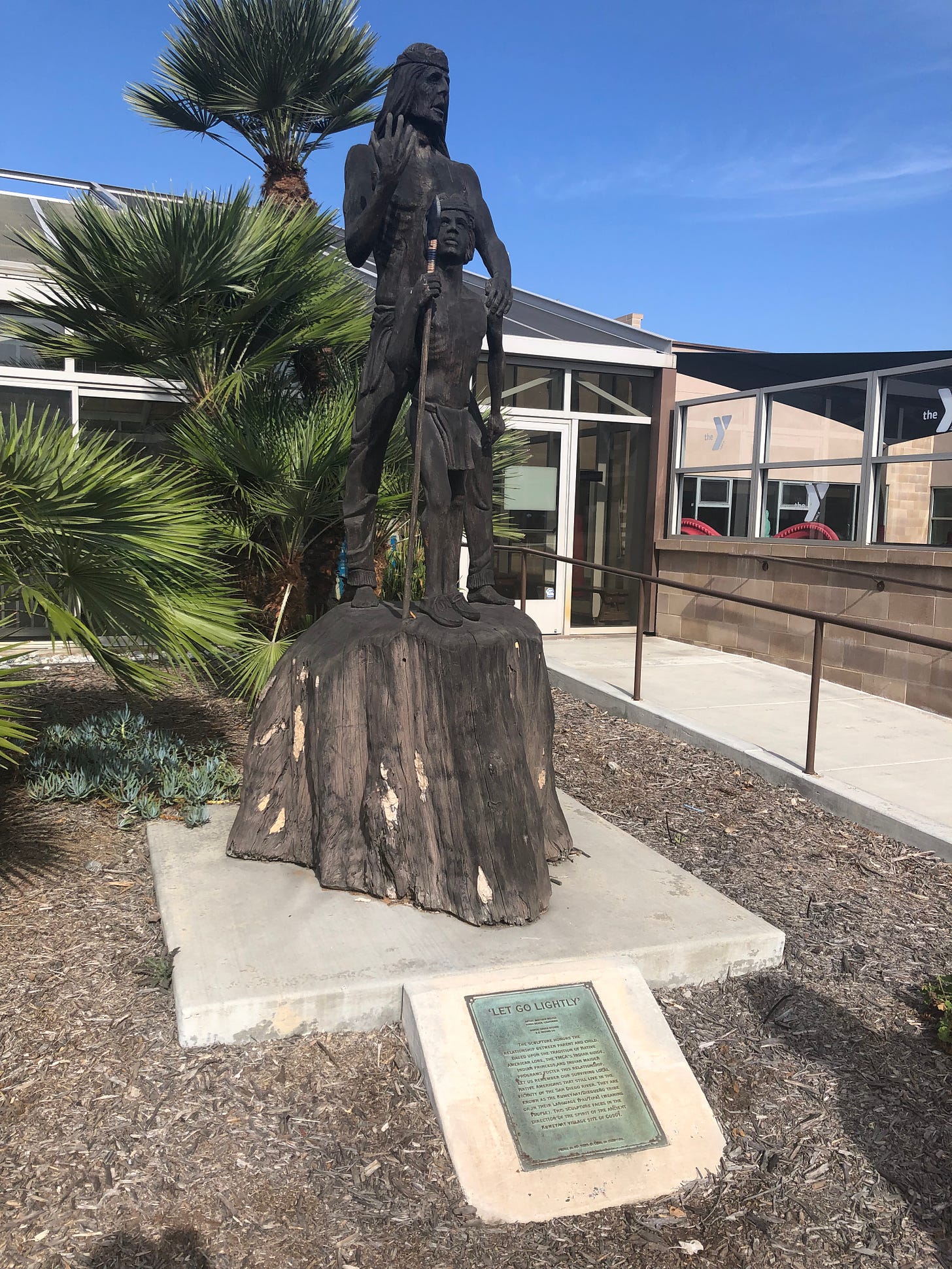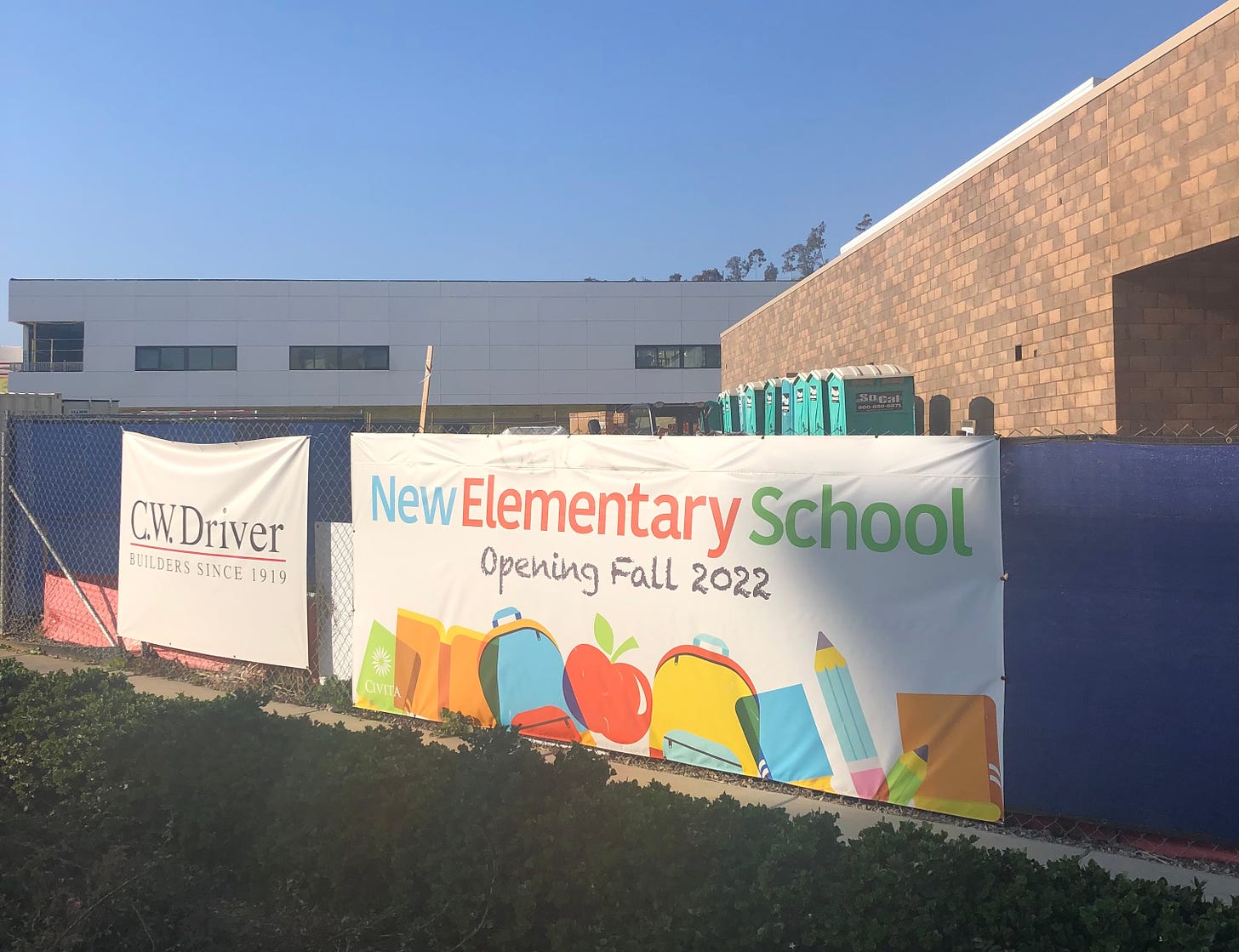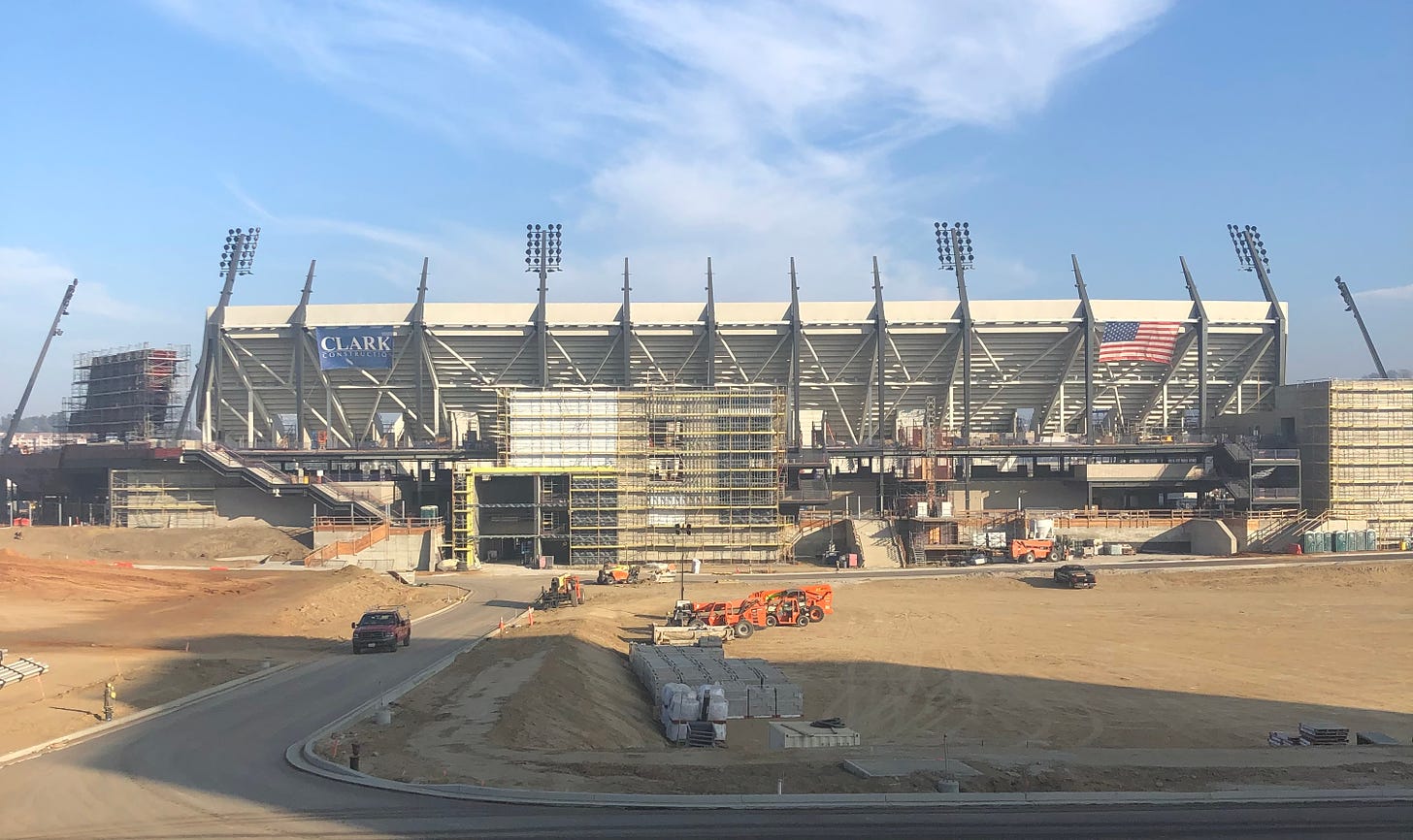Pho' in Heart of Linda Vista
Plus: Notable Kit Carson School Art Work; News Briefs; Upcoming Community Events, and Kumeyaay Presence Resonates in Area
(Ed.Note: The Linda Vista Update has returned after taking a one-week break for the holidays. We hope you missed us, and that today’s stories get you back in the reading groove)
Some time ago, we did a review on a Pho restaurant called Pho Hiep and Grill located in the Linda Vista Plaza Shopping Center, across from the laundromat. You can go back and read the review here.
Many people have asked us why we did not do a review of the other Pho restaurant in the Plaza, near Skateworld, by the library parking lot, called Pho Hoa. Seems that each restaurant has its followers so we decided the fair thing would be to try out Pho Hoa and let you know our thoughts.
Pho Hoa is a fairly large restaurant which is deceiving from the outside. It is spacious and tables were well spaced. There is also outside seating, but it was chilly the day we were there so we stayed inside. The wait staff all wore masks and were very helpful.
The menu is very extensive but consists mostly of various types of Pho, of course, and Com Tam (Broken rice dishes) and Bun (rice vermicelli dishes). As we have mentioned many times, we do not eat meat but there were adequate dishes without meat for us to choose from. Everything looked delicious.
Steve chose Bun Tom Nuong, which is rice vermicelli with grilled shrimp. This was a cold dish, like a salad, just chock full of shrimp, noodles, and other vegetables. It was quite a large bowl, and cost $11.75. It came with a fish sauce which Steve poured into the bowl and he declared that the meal was delicious. We learned that Bun Nuong is a popular Vietnamese dish with cold rice vermicelli noodles, lemon grass, carrots, bean sprouts, peanuts and fresh herbs like basil and mint, and dressed with fish sauce. Steve said it tasted healthy and light at the same time. You can see from the above picture that it was quite a pretty dish with shrimp grilled to perfection.
Since this was a Pho restaurant, I opted for the Pho Tom, which came with Shrimp. Since the large bowl was only $1.00 more than the small, I opted for that. The bowl was so big and filled to the top with food that I only managed to eat half and took the rest home where it became another meal. The broth was delicious, the shrimp large and plentiful. The noodles were tender but not mushy and the added veggies made it even better. The garnishes included Thai basil, bean sprouts, lime wedges, and jalapeno (which I skipped). The depth of the many spices in Pho was evident. I topped it with hoisin sauce rather than siracha. Slurping is encouraged. The cost was $10.40.
Most of the Pho dishes contain beef or other meat and I assume they are all excellent from the comments I heard from people who frequent this restaurant.
They also sell many drinks including cold and hot, coffee, teas, and beer.
I was wondering about the difference in the types of noodles used for the dishes and learned that the noodles used for Pho are flat rice noodles (think fettuccine) whereas the noodles used for bun are round rice noodles (think spaghetti). Of course there are many other types of noodles used in Asian dishes and it is interesting to read about them.
Service was excellent, quick and friendly. Patrons included families, individuals, couples, and seemed to be very diverse.
This restaurant has been in this location for many years, Please give it a try. I think you will enjoy the Pho or whatever else you choose.
Pho Hoa Linda Vista
6921 Linda Vista Road
Hours: Open Daily 8:00 am to 9:00 pm
Notable Works of Art at Kit Carson School
This newsletter has featured several works of art here in Linda Vista, everything from colorful murals to a prominent example of early 1960’s Googie architecture. However, I was recently surprised to learn of the importance of a couple stone carvings located in Linda Vista that are far more significant than I ever thought. For years I have driven or walked by these carvings without ever realizing they are the work of a famous artist, and that they are important enough to be listed on the San Diego Historical Society register.
These carvings are located above the front entrances to Kit Carson Elementary School. One depicts the history of the school’s name, while the other shows kids at play. The carving panels are done in an artistic style called bas relief. According to one internet source, bas relief means “a low or mostly-flat sculpture which is carved into a wall, or is in the form of a tile mounted flat to a wall, rather than a fully three-dimensional, free-standing figure.”
They are the work of famous San Diego artist Donal Hord (1902-1966), who completed them in 1942 (the same year the school building opened). You may never have heard of Donal Hord but chances are good you’ve seen other works of his around San Diego. His “Guardians of the Waters” sculpture sits at the west entrance to the San Diego County Administration Building. Another sculpture, “Woman of Tehuantepec”. is located in Balboa Park, And his sculpture “Aztec”, nicknamed Montezuma, is located on the campus of San Diego State University.
Born in Wisconsin, Hord moved to San Diego in 1916. According to one website he was an artist “who could make the hardest substances into flowing, life-like and spiritual forms.” During the Depression of the 1930’s, he created numerous figures as part of the Work Project Administration’s Federal Arts Project, a government program that funded artists to produce works that were placed in schools, post offices and other public places.
I’ve always enjoyed the appearance of Kit Carson Elementary School’s building. It possesses a sort of character that cannot be found in newer buildings. And I’ve always been fascinated by its elements of Art Deco-ish design. Now, due to my newfound knowledge of Donal Hord, my appreciation for the building is that much stronger.
News Briefs
Here are two great programs for young people. Please pass the below information to any interested young people you may know.
—Young Legislators Program: The official of Assemblymember Dr. Akilah Weber has announced that applications for the Young Legislators Program are due by January 17. Details regarding the program can be found on the below poster.
—Youth Microenterprise Program: Access, Inc. is about to launch its Youth Microenterprise Program this month. For more details, please refer to the below poster. You can also go to this site for instructions on how to apply for the program.
Upcoming Community Events
Fish Fry: Holy Family Catholic Church is sponsoring a Friday Fish Fry on January 7 from 4:00 to 7:00 pm. Holy Family is located at 1957 Coolidge Street.
Community Clean-up: The Bayside Community Center will conduct its next monthly community clean-up this Sunday January 9. Volunteers will meet at 10:00 am in the Linda Vista Library parking lot.
Kumeyaay Presence Resonates in Area
With all the talk of new housing and shopping developments, the opening of new trolley extensions, and construction of a new stadium in Mission Valley, there is a natural tendency to focus on the present and future of our community. In the process, we run the risk of forgetting all about the rich history of the land that now comprises our neighborhoods and associated infrastructure. We lose perspective on the more natural features of the land and how the people who first lived in this area, namely the Kumeyaay tribespeople, interacted with the environment. I think we occasionally need to remind ourselves of what came long before our modern communities developed. That’s sometimes hard to do when encountering all the glass, steel, and concrete that continues to spread out in this area. However, I was surprised that if you stop and look hard enough, you can actually see several examples of how local government, commercial and educational organizations have made a variety of recent attempts to honor the Kumeyaay.
You can start at the west end of Linda Vista by visiting the Tecolote Canyon Nature Center, which displays a small replica of a Kumeyaay village. You can see how the Kumeyaay sheltered and what food they grew to survive in the Tecolote Canyon area. This exhibit provides an interesting educational experience for those unfamiliar with the Kumeyaay.
From there you can go to the nearby University of San Diego campus and walk over to the Kumeyaay Garden, situated on the rim of Tecolote Canyon. The Garden overlooks the Canyon and possesses amazing views of Mission Bay and other nearby areas. According to the USD web site, the Garden “presents an opportunity for the community of USD to make a meaningful connection to the living Kumeyaay legacy.” This garden, dedicated in 2017, provides us with the opportunity to see the native plants grown by the Kumeyaay. It’s also a great place to quietly meditate, study, or to take in the views.
You can then go back down the hill and over to Friars Road to the Mission Valley YMCA and view the sculpture standing near the entrance to the facility. The sculpture is titled “Let Go Lightly” which honors the Kumeyaay/Diegueno tribe. It depicts the relationship between parent and child. The sculpture “faces in the direction of the spirit of the ancient Kumeyaay village site of Cosoy,” which was located in what is now Old Town.
From there you can drive east on Friars Road till you get to the huge Civita complex in the heart of Mission Valley. Pull over on the side of the road on Civita Boulevard and check out the construction on the new elementary school. The school, expected to be open in the fall of 2022, was recently named Nipaquay Elementary, “after a Kumeyaay village that existed in the area long before Spanish colonization.” According to an article in the Union-Tribune, “Nipaquay Village was located near the San Diego River and was a nexus for trade routes.”
Finally, you can travel a little bit further east on Friars Road to see the construction on what was recently named “Snapdragon Stadium” at the new SDSU site. This is where the commercial, educational, and cultural aspects of honoring the Kumeyaay people all come together in an unusual way. Though the name Snapdragon (a computer chip made by Qualcomm) epitomizes the hi-tech element of San Diego, the naming rights to two parts of the stadium—the Sycuan Piers and the Founders Club—have been bought by the Sycuan Band of the Kumeyaay Nation and Sycuan Resort Casino. The Piers is a “a three-level area located at the south end of the stadium with one of the social decks jutting out toward the field, providing a viewing experience unique to the venue.”
I appreciate what appears to be a growing acknowledgement of the Kumeyaay people. It manifests itself in unusual (and sometimes stark, commercial) ways, but all the efforts help to keep us grounded in the history of our local environment, especially at a time when commercial and residential development seems to be erasing the more recent contours of the community.
Subscribe to the Linda Vista Update
If you haven’t already done so, please subscribe to the Linda Vista Update. It’s free! Just click on the below “Subscribe now” button. Once you do so, you will be on automatic distribution for all future posts. Stay informed. Join our growing readership.
The Linda Vista Update publishes informative, interesting and fun news about Linda Vista and its neighboring communities.




